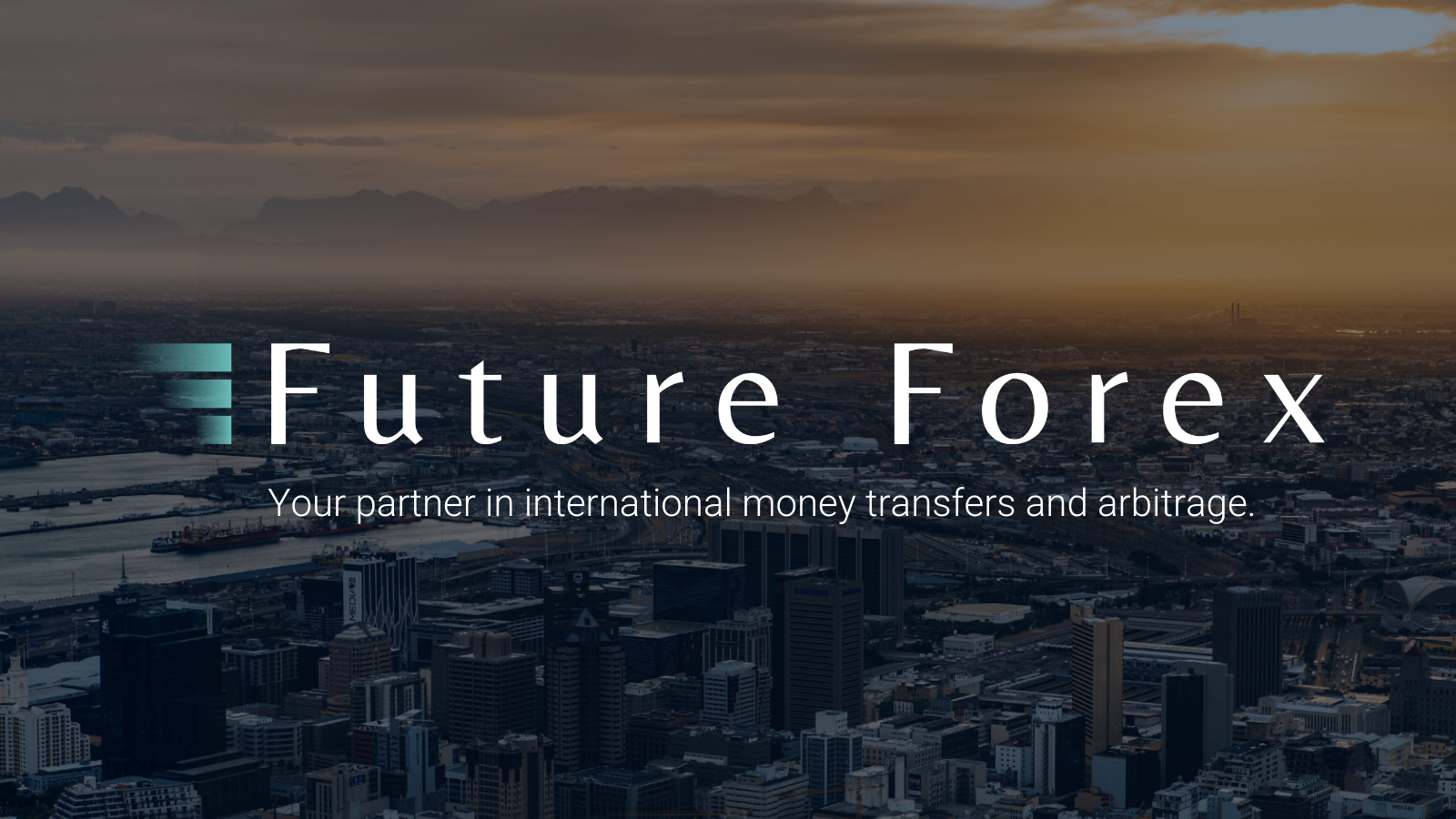Future Forex to Bring Cost Transparency and Savings to International Transfers

A market estimated to be worth more than R15 billion a year to the banks is facing stiff headwinds from local fintech innovators like Future Forex. The company is successfully redefining the standards in the international money transfer industry, introducing a level of cost transparency and client service rarely seen before in SA.
The banks still charge two to three percent for each payment that crosses the border may seem unbelievable, yet it has been this way for decades. "We're here to challenge the long-standing normalisation of high fees by banks," says Harry Scherzer, CEO of Future Forex and a certified actuary.
“For one thing, it’s difficult for most customers to work out exactly how much they’re being charged by the banks because they often obscure their exorbitant profit margins through complex pricing models. We spend a lot of time educating our clients about how these fees are structured,” says Scherzer.
Banks will talk up the peccadilloes of small charges like SWIFT fees (R500-R1 000) or “admin” and “commission” costs, but your main expense is the hidden exchange rate spread – the spread between buy and sell rates. A Moneyweb analysis shows that at SA’s five largest banks, spreads range from 1.8% to 2.6%, and frequently top 3% in times of high financial uncertainty. These sleight-of-hand margins mean that customers don’t understand the real cost of their transactions.
Future Forex has challenged this arrangement, cutting costs by as much as 50% (30% for business FX). Leveraging technology and its scale as an established money transmitter, the company provides rates that consistently beat the banks, always with excellent customer service.
Technology meets personalised support
Future Forex offers an all-in-one service, combining competitive rates, full transparency, expert guidance, and a platform that streamlines the entire process. “This is the kind of innovation the market has been looking for,” Scherzer says.
